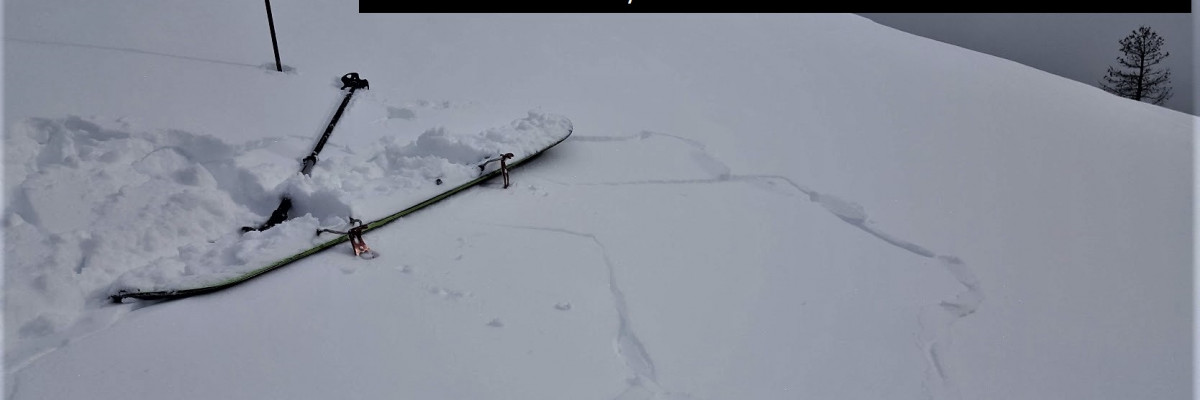The avalanche danger is MODERATE in the west central Montana Backcountry today.
Good Morning. This is Travis Craft with the West Central Montana Avalanche Center advisory on Tuesday, February 2nd, 2021. This advisory is sponsored by the Big Sky Brewing Company. This advisory does not apply to operating ski areas and expires at midnight tonight. The USDA Forest Service is solely responsible for its content.
Weather and Snowpack
Mountain temperatures range from 25 degrees to 38 degrees F this morning. 0 to 2 inches of new snow fell in the last 24 hours. Winds are 15 mph gusting into the 30’s out of the SSW.
Rising temperatures and gusty winds are elevating avalanche danger this morning. The snow line is expected to be around 5000 ft to 5500 ft. Winds will transport snow to leeward slopes creating wind slabs. At mid-elevations, expect to see loose wet snow problems with a rain-snow mix. Roller balls indicate the snow surfaces are losing strength. Rain and new snow will be testing weak layers in the snowpack depending on elevations.
We have seen the snowpack gain strength in the last couple of days, with very few pit scores trending towards instability. Shallower snowpacks have shown instabilities with collapsing and snow sliding out on skin tracks later in the day in mid-elevations.
Today is a weather change, avalanche danger will increase throughout the day. Keep the terrain simple today. Avoid wind loaded areas near ridges and start zones. Glide cracks are beginning to appear in different areas. These are unpredictable and should be avoided. Cornices are quite large and should be given a wide berth with rising temperatures and increased winds. Roller balls are signs of wet avalanche problems developing and mean it is time to head home. The new addition of weight to the snowpack will test the facets in our snowpack. Snow at higher elevations will be falling on a variety of old snow surfaces. Use small test slopes and hand pits to see how the new snow is bonding to these surfaces. Keep the terrain simple and low angle.
Bottom Line
Avoid slopes with weak sugary snow. Do multiple pits investigating the layers in your pit wall. Avoid cornices and wind loaded terrain. Choose simple terrain that does not expose you to terrain traps. Avoid likely trigger points on slopes.
Travel one at a time in avalanche terrain, carry a beacon, shovel, and probe. Remember to reassess conditions throughout the day and stay alert for signs of instability. Dig a pit. Look for red flags.
Public Observations
Thank you to everyone who has taken the time to send in a public observation. Please keep sharing what you find and see while out in the backcountry. This online forum is a great resource to glean information about current conditions.
You can now text us your observations to (406) 219-5566 when you don’t have time to fill out the observations page. Texted observations won’t get posted on the website, but will be used in the development of the forecast.
Ski and ride safe.














